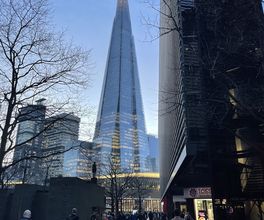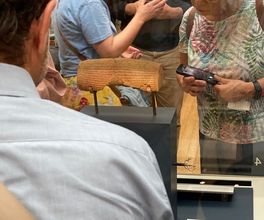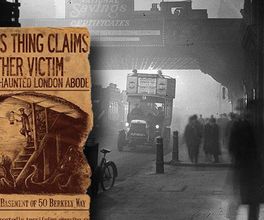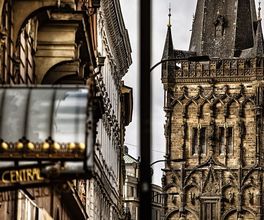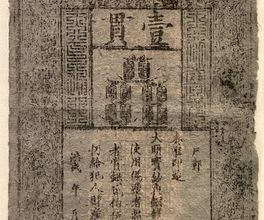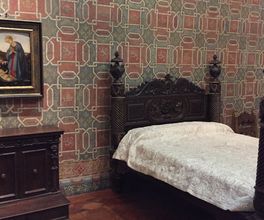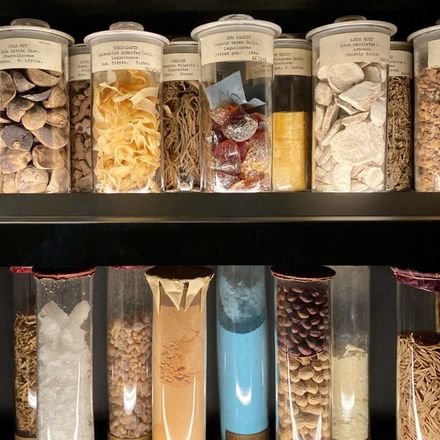




Fears and Crimes: The History of Surgery at the London Science Museum
About this experience
200 years ago, surgery was brutal and limited. People screamed in pain during operations, they were tied to the table to prevent them from escaping. There were cases when patients died from shock. By the 20th century, everything had changed. Surgery became a progressive branch of medicine. I will tell you why this happened, what spectators did in the operating room in the 19th century, whose bodies could be dissected in the name of science, and many other fascinating facts.
What to expect
Unique exhibits from the Wellcome Collection. Let's remember shamans and barber-surgeons who treated diseases with amulets and bloodletting, and discuss how surgery became one of the most respected branches of medicine by the 20th century.
Anesthesia of the 19th century. Let's talk about the first anesthesia drugs - ether and chloroform. I will explain what patients and doctors who used them were afraid of.
The Atomizer - a device used by the eminent English surgeon Joseph Lister. I will tell you what his medical colleagues thought about the new device.
Fascinating stories of those who were spectators in the operating theater. You will understand what spectators were doing in the operating room, learn about the qualities a surgeon had to possess in the 19th century, and what he shouted before starting the operation.
Wax anatomical models of the 18th-19th centuries. Admiring their accuracy, we will imagine ourselves as surgeon-anatomists and discuss the structure of the human body.
Stories of body dissections. I will explain why this procedure was problematic in the past, whose bodies could be dissected in the name of science, whose couldn't, and whether there were enough bodies for all medical students. Spoiler: in Britain, as medicine developed in the 18th century, a new type of criminal activity emerged - body snatching, which kept the living in fear.
A discussion on the development of surgery in England. I will share why in Britain surgeons are called Mr./Miss/Mrs., while in other countries practicing physicians are called doctors.
You will also learn:
- what barbers, barber-surgeons, and surgeons had in common,
- who and why invented disposable rubber gloves,
- which British monarch first used chloroform, giving it excellent publicity,
- what united the 19th-century operating room and the theater,
- what a barber's pole symbolizes and what it has in common with medical history.
Organizational Details
Admission to the Science Museum is free, but you need to book a ticket to avoid queues. I will be happy to do this for you.
